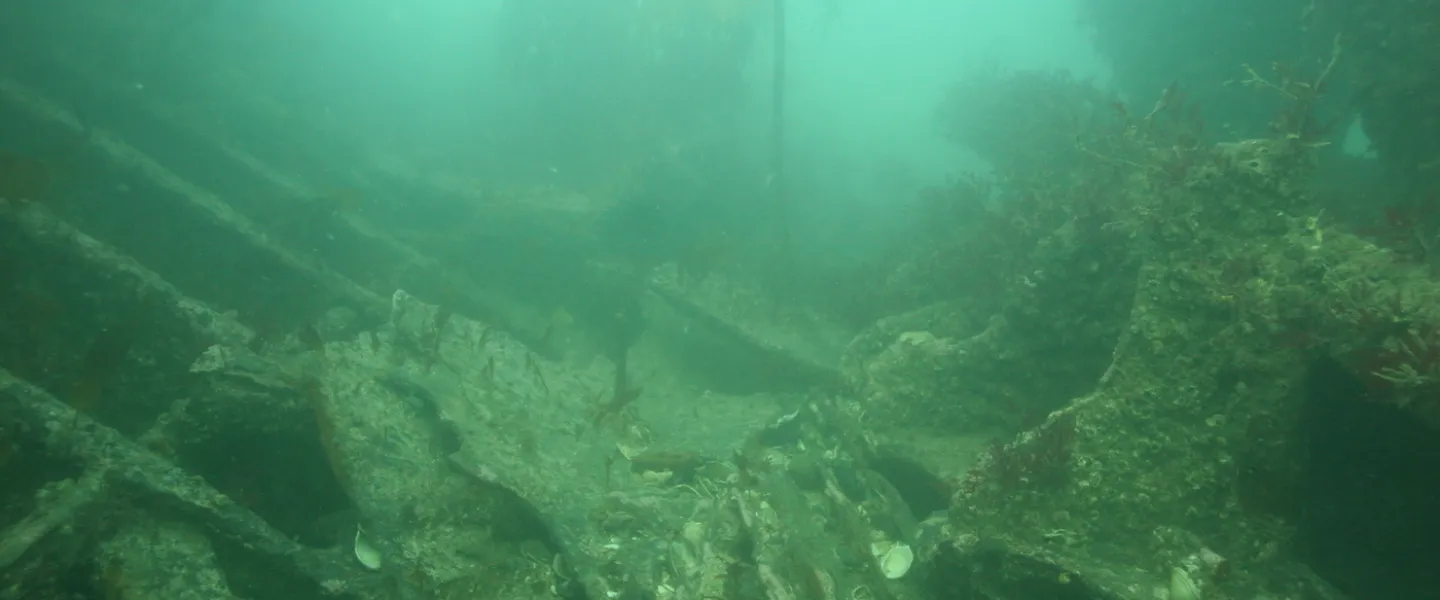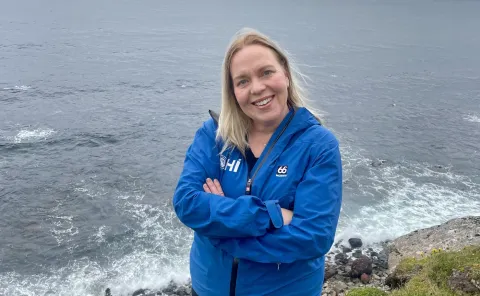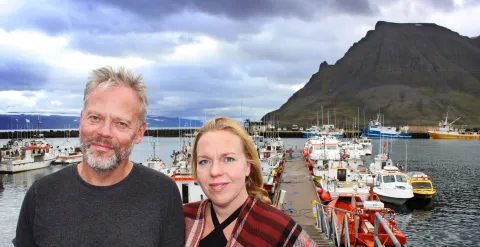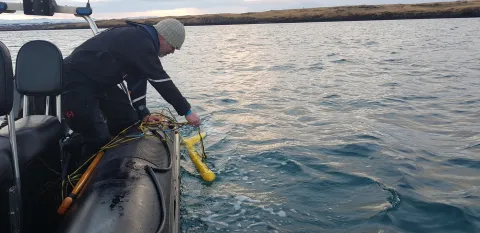
Shipwrecks might not seem like a positive feature of the ocean floor. They are man-made remnants, generally resulting from incidents or even disasters at sea, and yet in many cases they are recognised as cultural heritage sites. When we look more closely at shipwrecks and other underwater cultural heritage sites, such as, old abandoned harbours, it seems that they could have a positive impact on biodiversity and promote conservation of marine environments in line with international targets.
These are the findings of an interdisciplinary project at the UI Research Centre in Bolungarvík, completed in partnership with the Marine Research Institute, which were recently published in the journal Marine Policy.
The authors of the article recently posted on social media:
“There are over 3 million shipwrecks on the ocean floor – and many other cultural heritage sites. They help us better understand the past, but they could also have an important role to play in environmental conservation. A newly published article in Marine Policy analyses the protection of underwater cultural heritage sites in Iceland. It discusses whether they could be used to help deliver the UN SDGs, which aim at protecting 30% of the ocean by 2030. Many shipwrecks may form “natural” biodiversity havens – sometimes within areas of high intensity trawling.”


